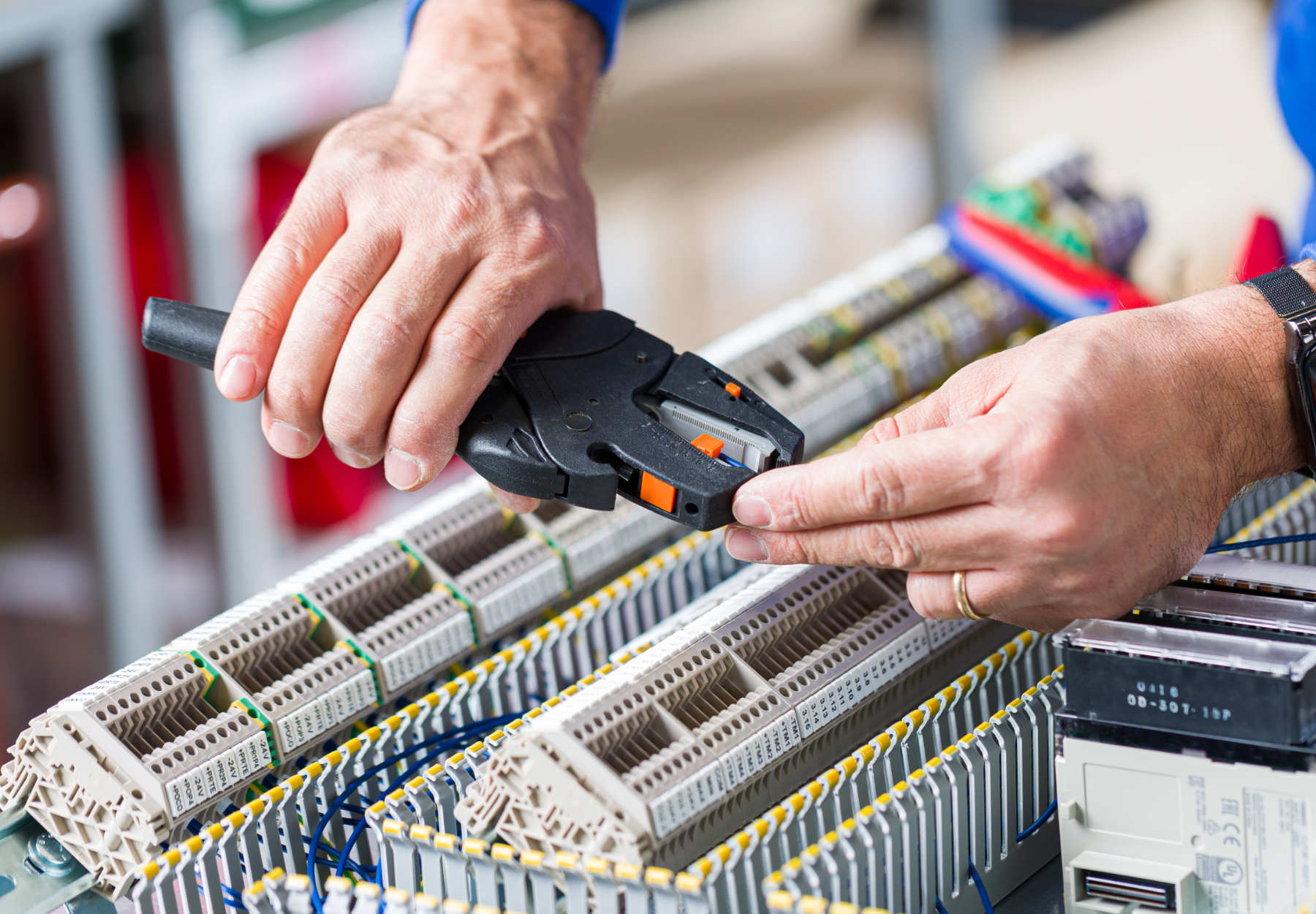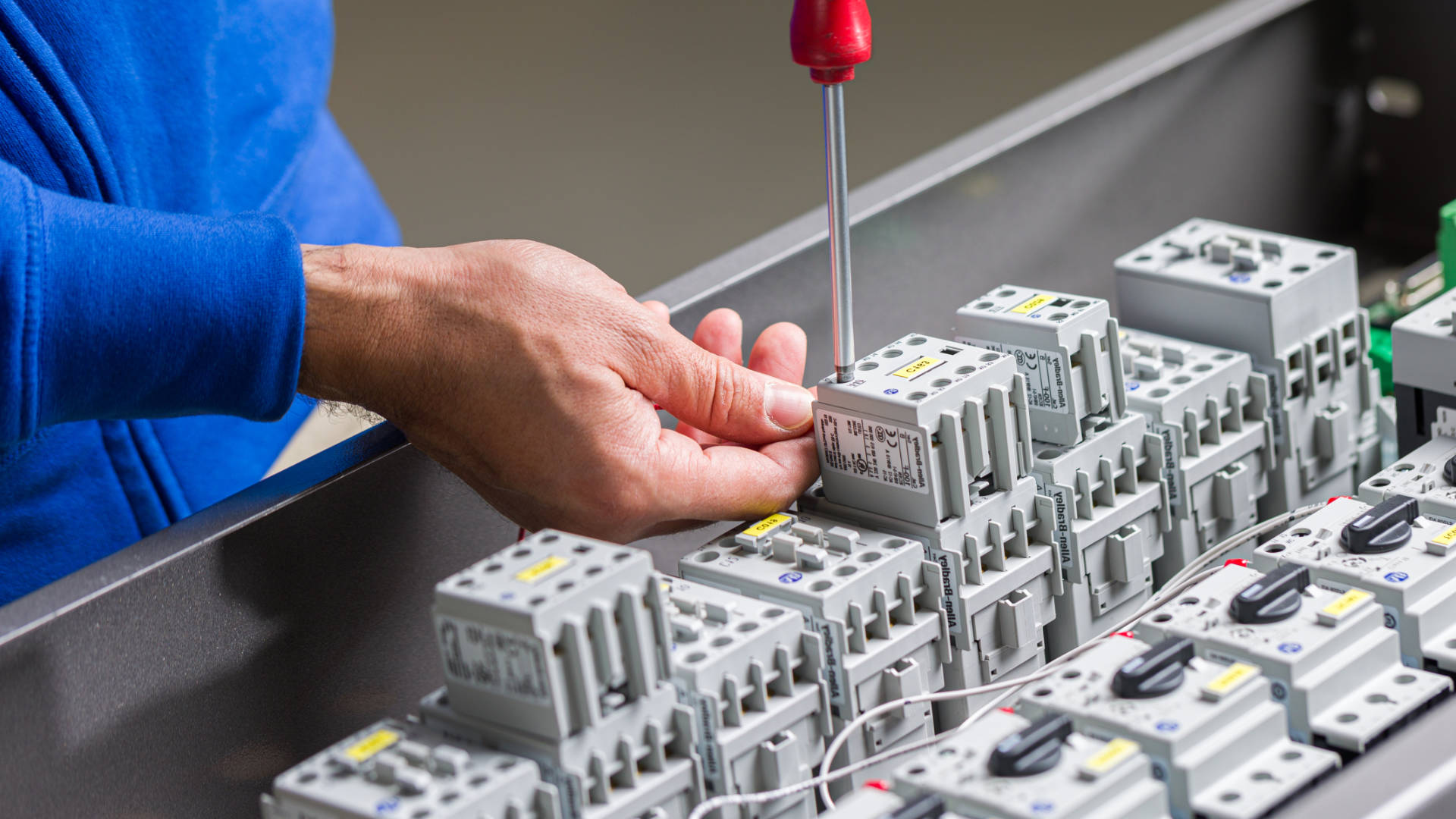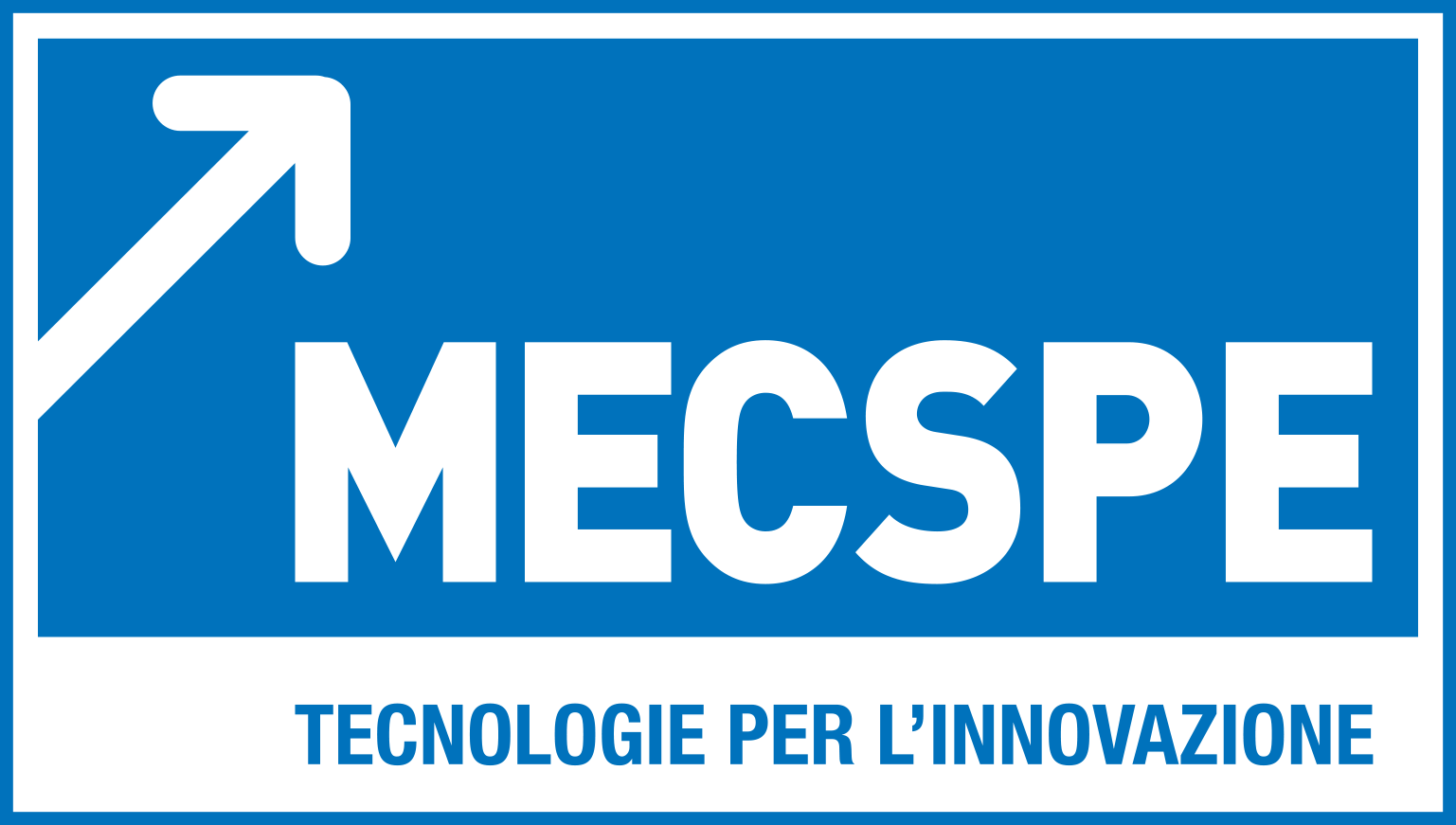The electrical panel: what it is and its functions
The electrical panel is an energy-sorting centre, essential because it powers all sockets, lights and electronic devices. It is built in compliance with the highest safety standards to protect consumers and people.
This article will address in detail what an electrical panel is and what types it can be classified into.

Switchboards manufacturing by Cablotech technicians
What an Electrical Panel is
A fundamental premise is to distinguish between a civil and an industrial electrical panel, as the elements that compose the electrical panel itself change.
In the civil sector, the electrical panel constitutes the fundamental part of the electrical system and has the function of powering the entire circuit, protecting it at the same time from possible overheating and preventing users from accidental electrocution.
It is a metal or plastic structure designed to distribute electricity and to control a wide variety of electronic devices in a building.
The perfect implementation of an electrical installation in compliance with Directive 2014/35/EU and Legislative Decree 86/2016 concerning the safety guarantees the electrical equipment must possess is very important; it establishes that all liability, in the event of an accident, is attributable to the manufacturer of the equipment.
It is important that professionals perform maintenance on the electrical panel as failure to do so could represent a safety risk. If you do not have the skills to service the electrical panel yourself, ask a professional for help.
In the industrial field, in addition to the above regulations, there are also IEC regulations governing the design and construction of an industrial system. These are particularly strict, as this is a complex task for which strict safety protocols must be followed. For cables, European regulations require the use of CE-marked cables, while American regulations require UL-marked ones.
Depending on the country of reference, in fact, the characteristics governing the use of legitimate cables change, as the intended use changes.
Types of Electrical Panels
Electrical panels can have different sizes and materials, depending
on their use and requirements in terms of space, degree of protection from atmospheric agents and the number of devices to be kept active and controlled.
The flush-mounted electrical panel is mainly used for industrial electrical panels.
The wall-mounted electrical panel is protruding, leaning against the wall, and consequently takes up more space in the room where it is fitted.
Indoor and outdoor electrical panels are distinguished by their degree of protection: the outdoor ones are defined as “watertight”, as they are insulated from water, liquids in general and humidity, as well as from atmospheric agents.
Then there is a further difference in terms of the voltage handled by the panel:
- Low-voltage electrical panels, i.e., less than 1Kv
- Medium voltage electrical panels, between 1 and 30Kv
- High-voltage electrical panels, between 30 and 150Kv
- Very high voltage electrical panels, which handle energy above 150Kv
Obviously, this difference in voltage will also influence the amount of electrical charge that the system will handle and thus its structural characteristics, as well as its actual location.
This and other factors determine those small and large differences between a civil and an industrial system, consequently also changing the elements that compose the electrical panel itself.

Functions performed by the electrical panel
Further differences persist in terms of the functions performed by the Electrical Panel.
- Distribution electrical panels are responsible for distributing power, supplying power and protecting users. They have the function of bringing power to junction boxes and to all the various electrical devices. They usually have 400V three-phase voltage with neutral, 230V three-phase or single-phase voltage with neutral and protection ratings from IP30 to IP65.
Its components are always accessible as it is necessary to ensure both the correct functioning of the devices connected to it and the safety of the operators using the system. It is the type of panel used in the civil sector. - Automation electrical panels are responsible for the command and control of automated equipment and electrical machines. They contain so-called “motor protector” switches, AC3 category meters, inverters, soft starts, PLCs, relays and electrical wiring. They are applicable in a wide range of areas as they can automate any type of function performed by machines: from simple start-up to managing much more sophisticated control and regulation processes.
Considering their complexity and function, they are particularly suitable for industrial use: industrial machines and production facilities will benefit greatly from command, control, and protection equipment managed by electrical panels, saving considerable time and manual energy.
Their placement also leaves some freedom of choice as they can be installed either on the machine itself or nearby, making the installation itself easier and more arbitrary. In any case, they are assembled in such a way that they are not accessible, leaving only push-buttons and indicator lights available. Therefore, once the initial configuration is set up it is important that the settings are in no way changed. The industrial electrical panel, once configured, should not need further modification. - On-board machine electrical panels contain power equipment, control, signalling and monitoring devices. This panel is used by the machine operator to operate and control the machine and is usually fitted downstream of the electrical power delivery point that powers the machinery.
The on-board industrial electrical panel contains all types of power and control equipment: meters, automatic circuit breakers, shunting switches, drives, measuring devices, relays: all critical components for the correct and effective operation of the automated machine.
On the side or external surfaces, the various control components are positioned between pushbuttons and selector switches, or even lamps and indicator LEDs for good signalling. These are all instruments used by the operators themselves for the use of the industrial machine.
It is essential to consult professional and experienced technicians: one single mistake in the design and implementation of the electrical panel could cause damage to the site, the machine itself and to people. It is precisely for this reason that the standards of functionality and safety must be very high, not only for the installation of the electrical panel and its correct configuration but also for the periodic maintenance to always ensure its excellent reliability and continuity in the company production.
A key part of the entire process is considering all the environmental factors that, within certain limits, could alter the functionality of the machine itself. Thus, conditions of humidity, altitude, vibration and various stresses, electromagnetic compatibility and temperature will be taken into account during the design phase, to avert all kinds of risks and malfunctions, according to the standards currently in force. - • Finally, we have the electrical panels for the diagnostics of simple or complex equipment, or even just parts of wiring or machines. This panel is particularly popular in the automotive, agricultural machinery, medical, earth moving machinery and oil-hydraulics sectors: the scope of application is quite vast, covering all types of equipment for professional use.
Looking for more information about our services?
Discover what we can do for your company.
Next Event: MECSPE
We are excited to participate in MECSPE 2025, the leading trade fair for the subcontracting industry.
Visit us at Hall 28 – Stand B01 from March 5th to 7th, 2025!
Discover how Cablotech is driving innovation in electrical wiring, panels and electromechanical assembly.
